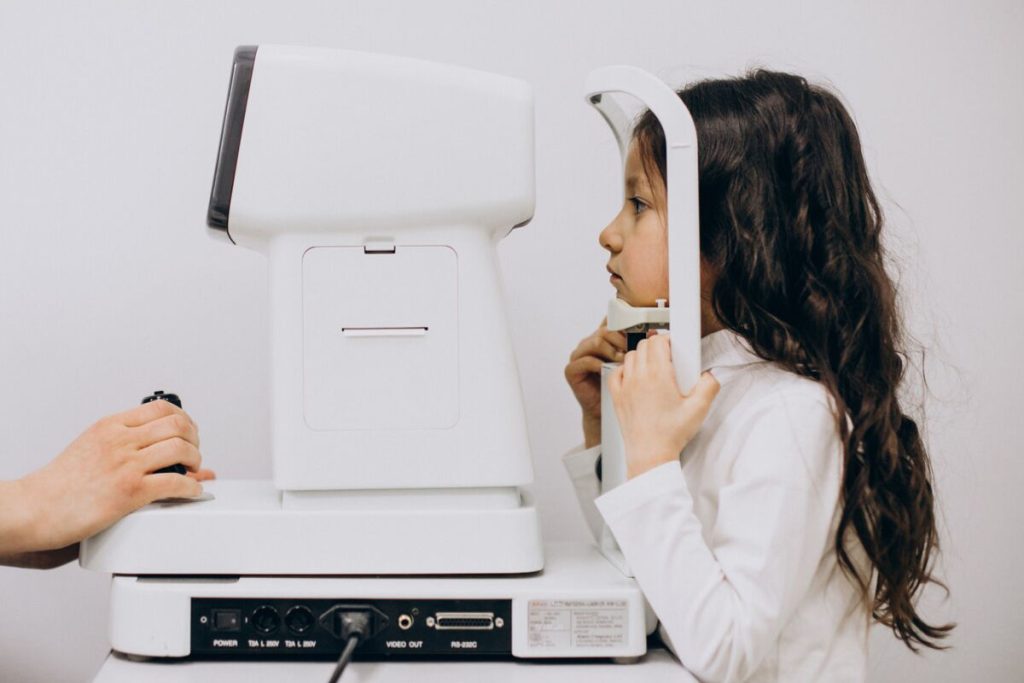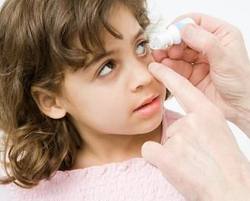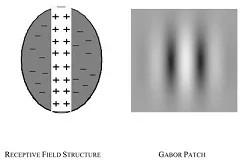
My child has amblyopia and patching treatment has been recommended. So what exactly is patching?
Patching or occlusion is a common treatment method for amblyopia.
Amblyopia or lazy eye is the reduction in vision in an eye that has not been adequately used during childhood. As a result, the visual pathways for the eye do not develop properly.
In essence, the affected eye is less developed than the other and becomes neglected by the brain.
The visual pathways that connect the eyes and brain develop throughout childhood until about the age of 8 years, but particularly within the first 2 years of life.
Beyond 8 years, the visual system is fully developed and the connections and nerve pathways are no longer able to change or improve.
Occlusion treatment must therefore be performed as early as possible within the first 8 years of life for it to be successful. This is why vision screening should be conducted when children reach the age of 3 to 5.
What does patching treatment involve?
The principle of treatment is to cover the better eye, in order to force the weaker amblyopic eye to work harder.
This stimulates visual pathway development in the weak eye, and strengthens the vision.
You can cover the good eye directly or cover the spectacle lens in front of the good eye.
There are many patches available for purchase over the counter and over the internet, and these can either be adhesive or non-adhesive.
Either way, get one that your child likes – this will encourage your child to wear it more often.

(Image adapted from the internet)
How often should the good eye be patched?
This depends on how severe the amblyopia is.
Generally, the good eye should be patched for at least 2 hours daily.
Don’t overdo it though. Over-enthusiastic patching of the good eye can cause amblyopia in that eye.
Patching is therefore not recommended for more than 6 hours daily.
Any tips on how to achieve the best results?
The best outcomes are achieved if treatment is started before the age of 5.
It is also important that your child actively uses the amblyopic eye during occlusion of the good eye. There is really no point in wearing a patch and then going for a nap.
When the good eye is occluded, engage your child in activities such as watching television, reading, writing, painting and pasting.
Initially your child’s hand-eye coordination will be poor, so start with simple activities to help build confidence.
Also make sure that your child does not peek around the patch.
My child is resisting treatment. What can I do?
It is very common for children to resist occlusion, especially if the amblyopia is severe.
There will be frequent attempts to remove the patch or to peek around it.
Occlusion gradually becomes easier once your child becomes more used to it and once the vision in the amblyopic eye starts to improve.
Here are some tips that will help with dealing with amblyopia and patches:
– Explain to your child the importance of occlusion and the consequences of not doing so.
– Make your child feel special when wearing the patches. Decorate them with stickers, crayons and whatever else you can think of. Encourage your child to have fun at the same time.
– Get help from your child’s teachers. They play an important role in getting other students to accept your child and to help your child feel more comfortable in class.
– Positive reinforcement and rewards do work. But sometimes, more drastic measures such as elbow restraints or thick mitts may be required to prevent your child from physically removing the patch.
– Reduce skin irritation from the adhesive. You can do this by applying medicated ointment or moisturizers over the affected skin area after removing the patch.
Alternatively, apply Maalox liquid antacid on the skin around the eye and allow it to dry first before placing the patch. This way, when the patch is removed, it peels off the dried film of liquid and irritates the skin less.
Are there any alternatives to patching?
Yes, there are! Some children just cannot tolerate having a patch over their good eye.
There are 2 main alternatives: prosthetic contact lenses and atropine penalization.
Prosthetic contact lenses are specially designed contact lenses that are opaque and are able to stop light from entering the eye when worn. Effectively, you are occluding the stronger eye with an opaque contact lens.
The great advantage of these lenses is that they will not affect your child’s appearance and may help with compliance for difficult cases.
The disadvantages are that these lenses can be expensive, require contact lens fitting, and may also be poorly tolerated if not fitted properly.
Atropine penalization involves using atropine eye drops on the good eye to blur the vision through dilation of the pupil.
This forces the lazy eye to work harder to strengthen its vision. The advantage is that there is no need to constantly check that your child is wearing the eye patch properly.
Studies have shown atropine penalization to be as effective as occlusion.

However, atropine does have its disadvantages. The atropine eye drop can sting when instilled in the eye. Atropine also has side effects that include light sensitivity (due to the dilated pupil) and reduced ability to change focus (after long-term use).
What about amblyopia treatments for adults?
Research has shown that occlusion does work in adults and older children – but only over the short term.
For this reason, early treatment before the age of 8 has always been recommended to ensure the best possible visual outcomes.
Computer vision training programs have recently been introduced that help amblyopia by stimulating and training the brain to improve visual processing.
These neural vision training sessions with the computer involve a series of repetitive visual tasks which encourage the brain to become more efficient in processing visual information.
So far results from clinical trials have been promising. One study reported that 70.5% of amblyopic patients aged 9 to 54 years attained a visual acuity improvement of 2 lines or more.
What is not known is how long the effect is maintained for, and whether this can benefit those with severe amblyopia.

RevitalVision is a computerized visual training regime that is FDA-approved for amblyopia in children aged 9 and above with vision of 20/100 or better and little or no strabismus. It uses the principle of Gabor patches to improve contrast sensitivity and visual acuity.
Early detection and treatment is still the recommendation from eye healthcare experts.
Most amblyopic children who are detected early and treated appropriately do extremely well and achieve good vision in the long term.



